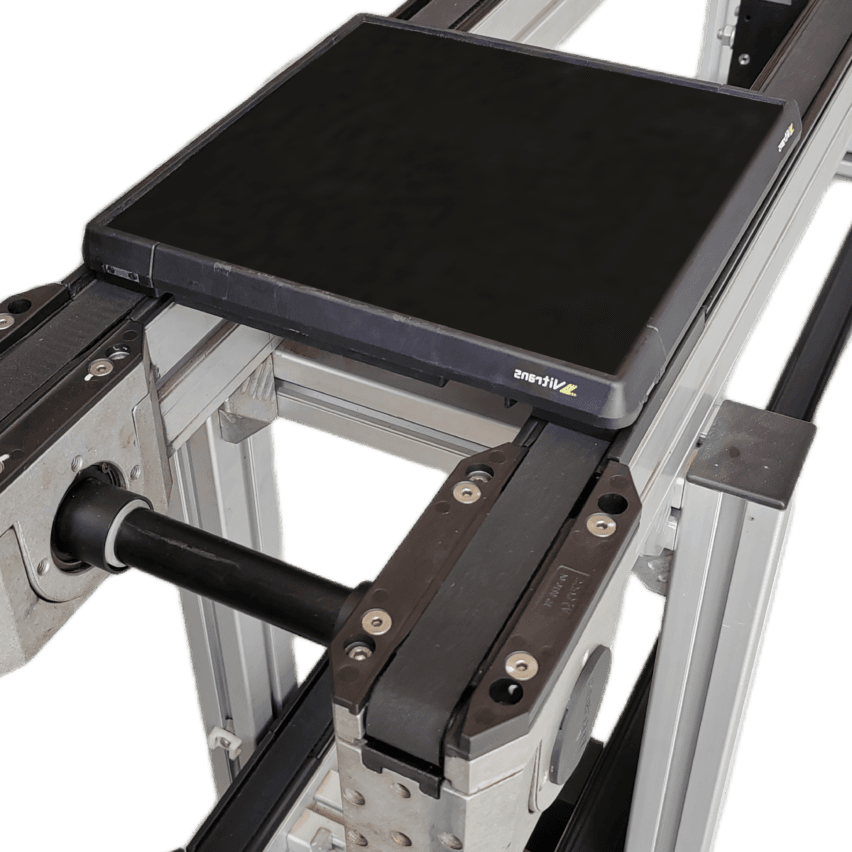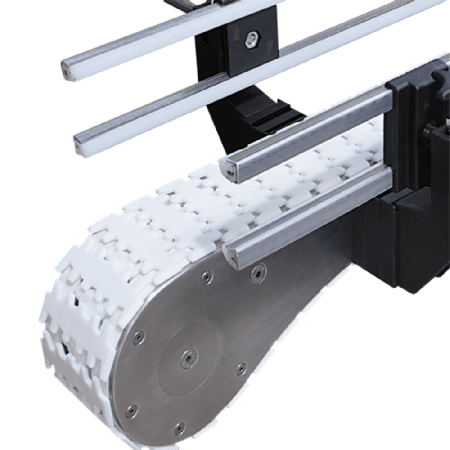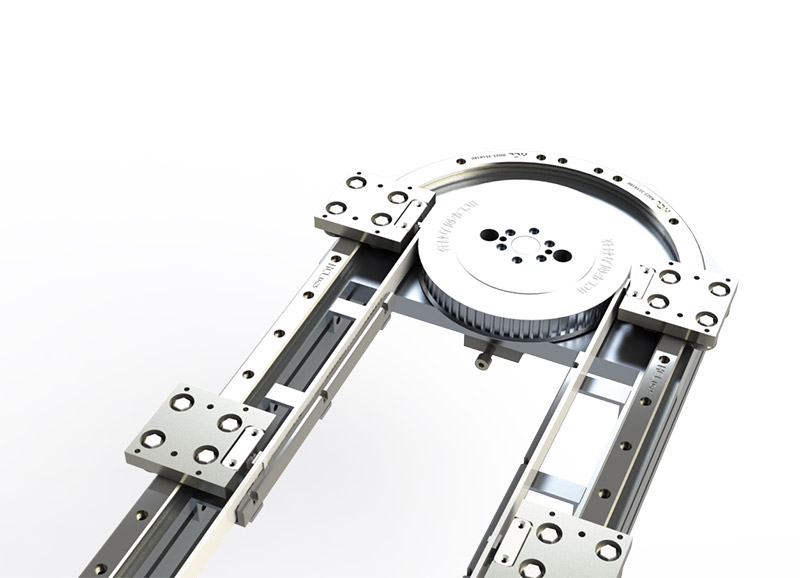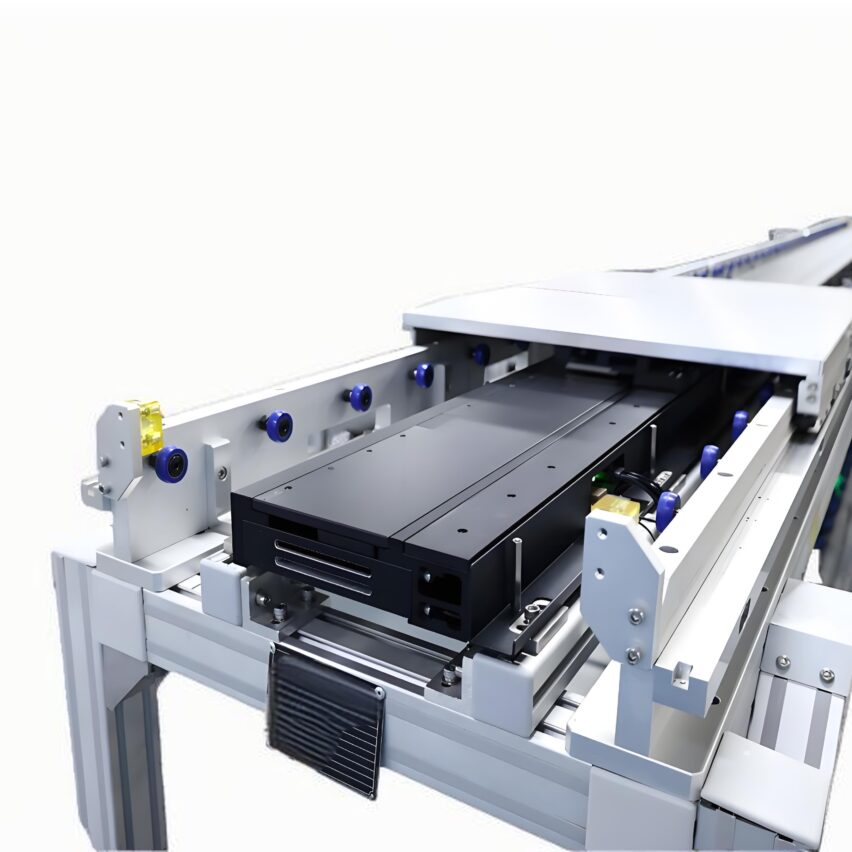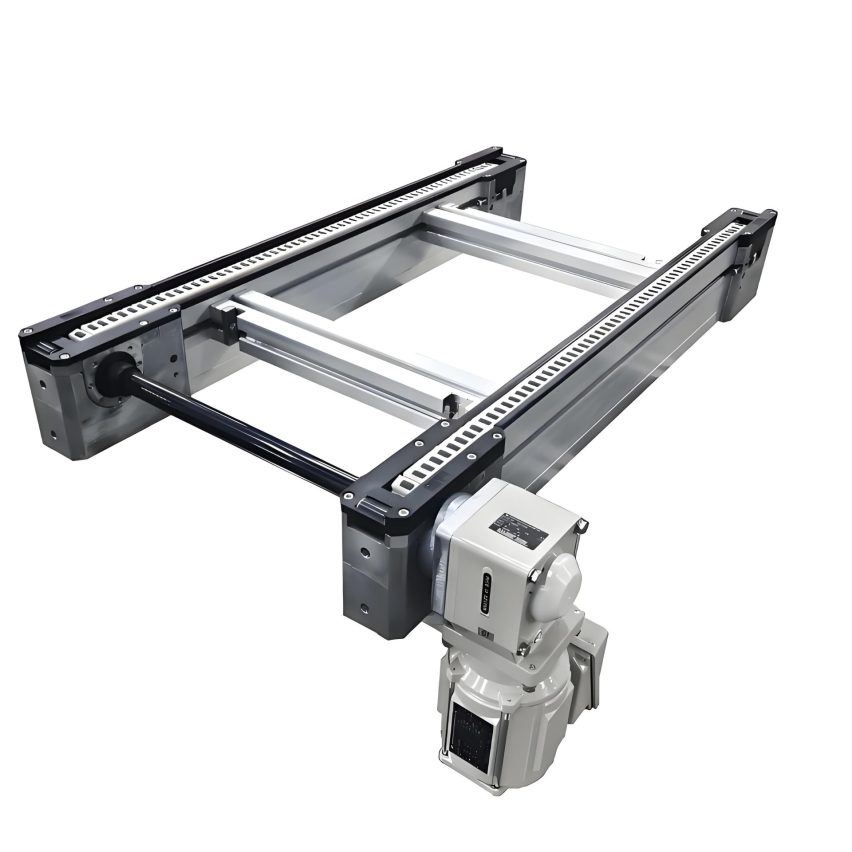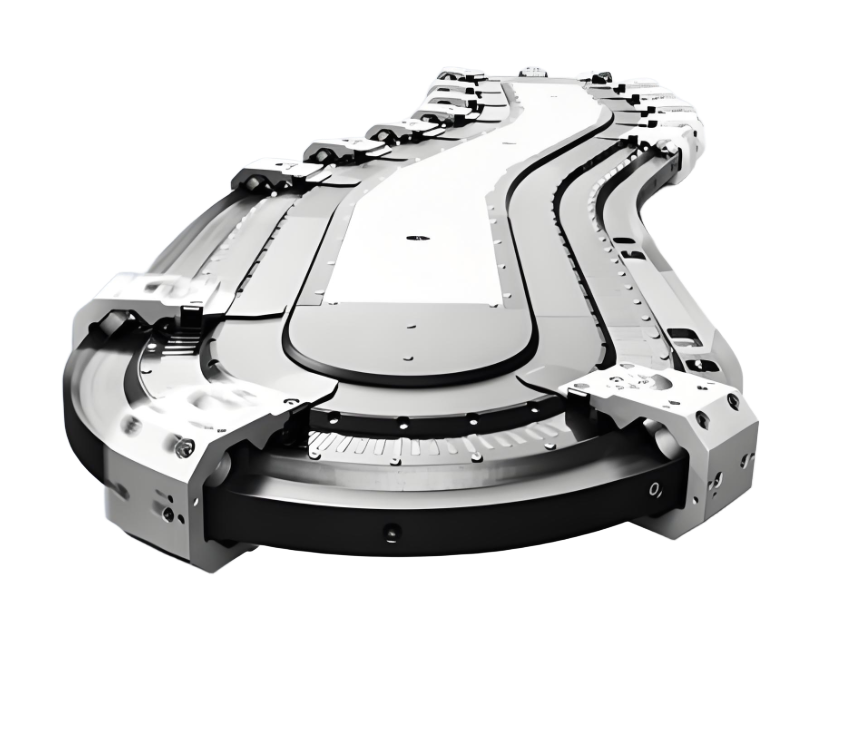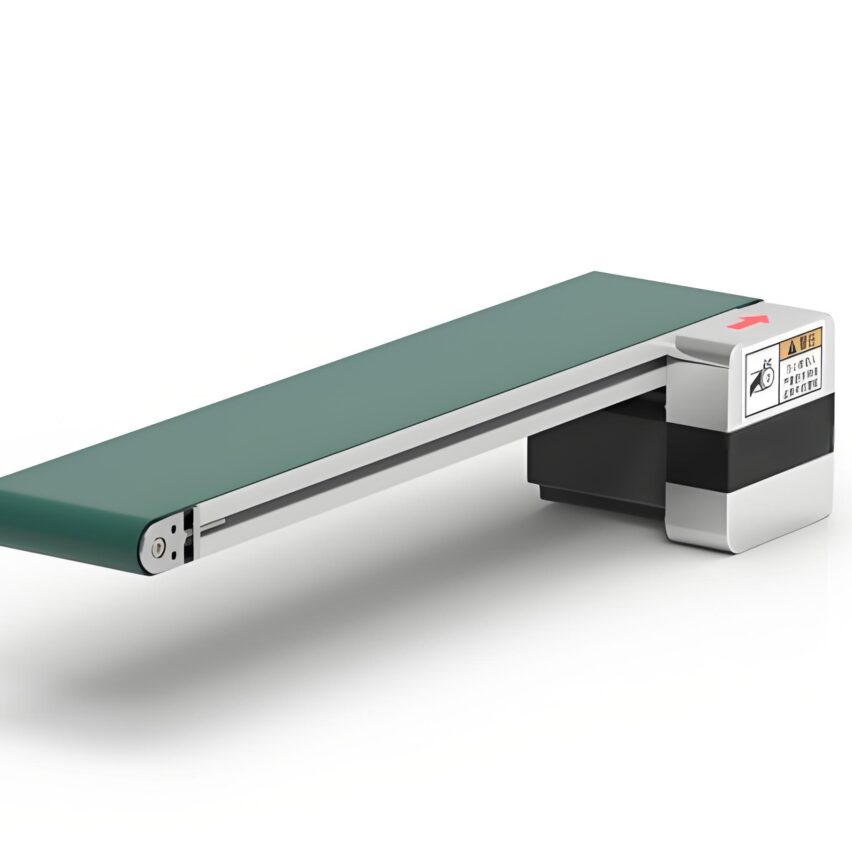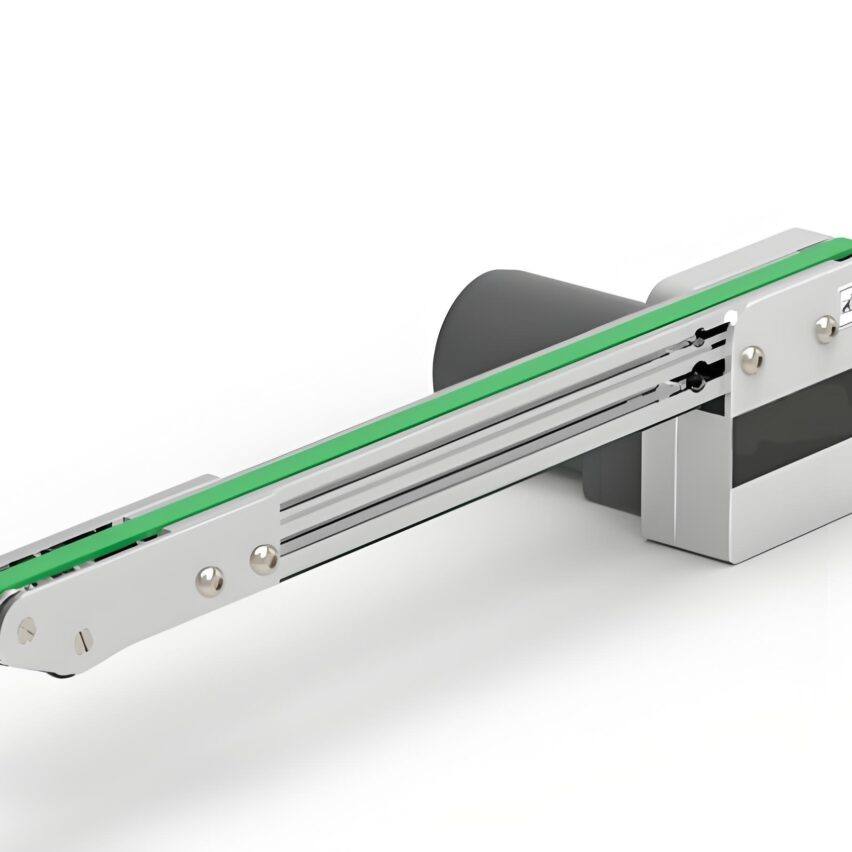Why Electronics Manufacturing Needs a Double-Layer Multiplier Chain?
In the 3C electronics industry, product iteration is fast, high precision requirements, the traditional conveyor line is difficult to meet the demand for efficient flexible production. **Double-layer speed chain through the upper assembly + lower reflux cycle design**, mobile phones, computer motherboards and other products assembly efficiency to 1200 units per hour, yield rate as high as 99.3%. Dongguan a motherboard factory As an example:
- **Space-saving 30%**: double-deck layout compresses vertical line distance and frees up operating space in the workshop
- **±0.5mm positioning accuracy**: with photoelectric sensors to achieve accurate docking of the mounter
- **Dynamic Beat Adjustment**: 10-second switching of product models through PLC-controlled jacking and panning mechanism
Ask yourself: How can automotive manufacturing break through the bottleneck of heavy component delivery?
The solution for Tesla's Shanghai factory is.Double-layer speed chain system with integrated RFID chip. When the frame enters the assembly area, the system automatically recognises the model and adjusts the conveying rhythm:
- Upper layer to carry engines (max. load 800kg), lower layer to recover empty pallets
- Chassis assembly beat shortened by 22%, daily production exceeded 2,000 units.
- Oil-resistant chain adapts to oil-contaminated environments and reduces failure rates 65%
Disruptive Changes in Logistics and Warehousing
A sorting centre that handles 500,000 parcels per day achieves a three-level jump in **efficiency** through a double-layer speed multiplier chain:
1. **Sorting speed-up**: upper tier diversion (3m/s), lower tier return empty baskets (1.5m/s), processing capacity up to 12,000 pieces/hour
2. **Staggered caching**: additional staging area on the lower level to reduce the backlog of parcels during peak periods by 40%
3. **Intelligent Collaboration**: linkage with crossbelt sorter, 99.98% accuracy rate
How can modular design crack the universality problem?
> * Self-questioning: Can equipment be flexibly adapted to the widely varying needs of different industries? *
The answer is **reconfigurable modular architecture**. A medical device factory uses a "building block" multiplier chain:
- **Core module**: standard sections (2m long/0.8m wide) support free splicing
- **Expansion of functionality**: addition of sterilisation chambers (food-grade stainless steel), shock-absorbing tables (for transport of precision instruments), as required
- **Interface standardisation**: pneumatic/electrical interfaces compatible with mainstream robot brands
| sector | Customised modules | Benefits Comparison |
|---|---|---|
| food processing | Low Temperature Resistant Guide(-20℃) | Conveying Efficiency Improvement 36% |
| photovoltaic module | Dust free sealed cover | Fragmentation rate reduced to 0.05% |
| Airport Logistics | Luggage fall protection plate | Decrease in incorrect scores 82% |
Metamorphosis from cost centre to value engine
A home appliance enterprise in Shenzhen has achieved full-cycle cost reduction** in three years after the introduction of a double-layer speed doubling chain:
- **Optimisation of energy consumption**: variable frequency drive + lightweight aluminium alloy guide rails, reducing power consumption by 150,000 kWh/year
- **Maintenance innovation**: nano-coated chains extend lubrication intervals to 2,000 hours
- **Space realisation**: 3,000 m² of space saved was converted into an intelligent stand-up warehouse, doubling the storage capacity.
While traditional assembly lines are still struggling with the efficiency gains of 5%.Double-layered multiplier chains have reconfigured the logic of production-- it's not just a material handling tool, it's the digital twin of flexible manufacturing. Companies that are transforming their lower spaces into data flow pathways are quietly winning the next decade.


